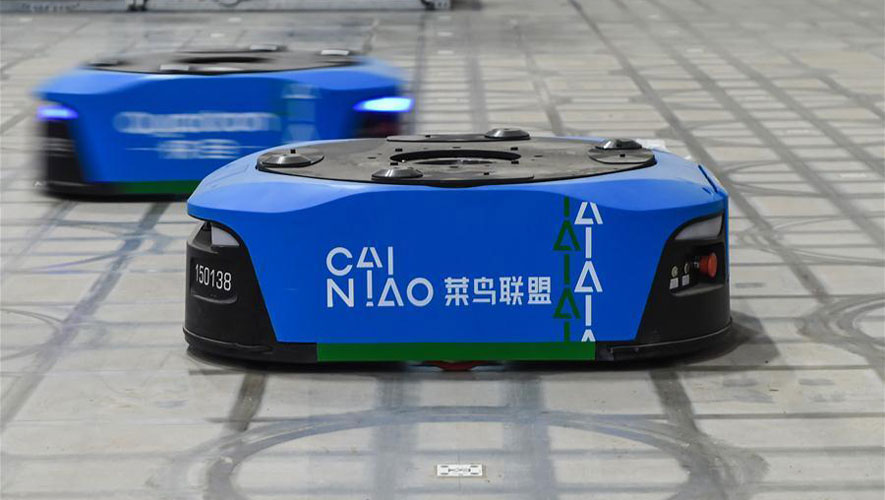The Chinese-built Lower Sesan II hydroelectric power station has high responsibility for social and environmental protection, says a Cambodian environment official.
For the latest Cambodian Business news, visit Khmer Times Business
Located in the Sesan district of Stung Treng province in northeast Cambodia, the 400-megawatt dam began operation in December last year after almost five years of construction.
The $781 million project was carried out by Hydropower Lower Sesan 2 Co Ltd (HLS2), a joint venture company among China’s Huaneng Hydrolancang International Energy Co Ltd, Cambodia’s Royal Group of Companies Ltd and Vietnamese EVN International Joint Stock Co at a ratio of 51:39:10.
Stung Treng Provincial Department of Environment director Eng Phirong says HLS2 has paid particular attention to environmental protection by complying with all the requirements in the Environmental Impact Assessment (EIA) study.
“My colleagues and I visit the hydropower station regularly to inspect the solid and liquid waste management, and we have found that the company manages them very well. For the liquid waste, the firm has a reservoir to store it for treatment before releasing it into the river,” Phirong says.
The department also took water samples at the hydropower station for testing, and found that the quality of water is good.
“In summary, I can say that the company has paid high attention to environmental protection because the quality of water and air is pretty good,” he says.
Apart from ensuring environmental protection, the company is also helping to preserve fish species at the hydropower station by building a fish passage.
“The fish ladder is very important for fish to migrate across the hydropower station and it will help protect fish species from extinction. We also learnt from fishermen that fish population has increased since the fish way was built. The hydropower station and its surrounding waters have become a huge fish habitat in Stung Treng province,” Phirong explains.
He adds that he was impressed by the company’s responsibility to environmental protection while praising the company for cooperating with the local authorities.
According to HLS2, it has always adhered to the principle of “developing in protection, protecting in development”.
To mitigate the project’s impact to the river ecology and maintain the variety of fish species in the river basin, the company decided to invest and construct a fish passage. The company’s design and implementation of the fish passage took into consideration the recommendations made by the Mines and Energy Ministry, and Natural Heritage Institute to ensure the transparency.
The fish passage was built on the bank of the hydropower project, adopting a nature-like layout along with a natural gully on the right bank. The total length of the fish passage is 2,900 metres while the bottom width ranges between 4.5 metres and five metres. The maximum water level difference is 26.5 metres and water velocity is 3.5m3/s. Rest pools are designed every 800 metres.
“We appreciate the cooperation by HLS2 and are ready to continue this relationship for the sustainability of the environment. We would like them to support us in promoting environmental awareness in the local community. Perhaps, the company should set up a plant nursery to distribute seedlings to locals,” Phirong adds.
To date, the Lower Sesan II hydroelectric power station is the Kingdom’s largest dam, generating green electricity. It accounts for 20 percent of the national output.
“The dam is vital for energy security in Cambodia, ensuring clean and reliable electricity to local communities. Local residents live better now as they own farmlands, enjoy reasonably-priced electricity, good roads, schools, health centres, and pagodas. On the whole, their living condition is better than before,” he says.
A representative of Huanen Hydrolancang International Energy, who declined being named, says that the dam’s operation showcases the development of Cambodia’s power sector in line with China’s One Belt, One Road (OBOR) initiative.
“It is a new milestone for Sesan II hydropower dam in its development of the power sector in Cambodia, and a big achievement within the OBOR initiative,” the representative says at the inauguration of the dam last December.
The Sesan II dam, Cambodia’s seventh hydropower dam, is a very important project and one of the biggest investment projects under the government’s support.
“Since it started in February 2014, we (the company and the government) worked smoothly to overcome some challenges for the project’s success,” says the representative.




